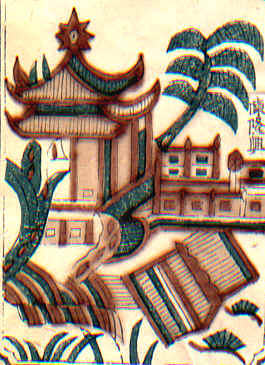Subsidy Tax System

of the Ching Dynasty
Early Stage-
During the latter part of Jia Ching Period (1796-1820), the central government found it necessary to raise additional funds to pay the cost of suppressing rebellions and mandated that "Subsidy tax" of 1 tael of silver to be added the Land & Poll Tax of 1 tael.
Some of the regions continued to collect Subsidy Tax through the end of the Ching Dynasty, even though the rebellions had already ended for a long period of time. They treated the Subsidy Tax as part of the main tax, deducted local reserves from the tax as levied and submitted the rest as mandated to the next level of government or even to the imperial government. The entire submission system of the Subsidy Tax was exactly the same as the Land & Poll Tax.
--Tax Receipt of the Subsidy Tax (The Old Subsidy Tax plus the Land & Poll Tax)
Later Stage
In the Hsien Feng Period (1851-1862) when the Tai-Ping Rebellion burst out and affected 18 provinces of the Empire, the central government once again had to subsidize the military actions by raising taxes in all provinces. This time, an additional 1 tael of Subsidy Tax on each tael of Land & Poll Tax was requested.
Those regions that had never stopped collecting the Subsidy Tax since the Jia Ching Period did not exempt their taxpayers from paying this new Subsidy Tax. The more recent tax is named as New Subsidy Tax, and the former is called Old Subsidy.
--Tax Receipt of the Subsidy Tax (The New Subsidy Tax)
Once again, after the Tai-Ping Rebellion was ended, many regions continued to levy the Subsidy Tax, no matter if it was the old one or the new one.
Return to Related Subjects